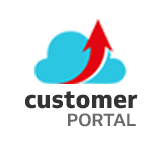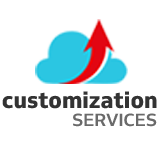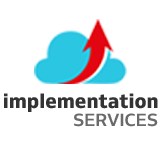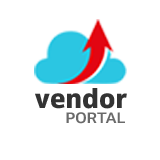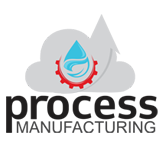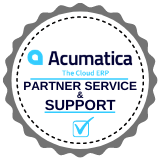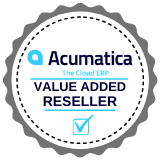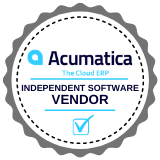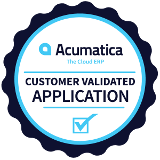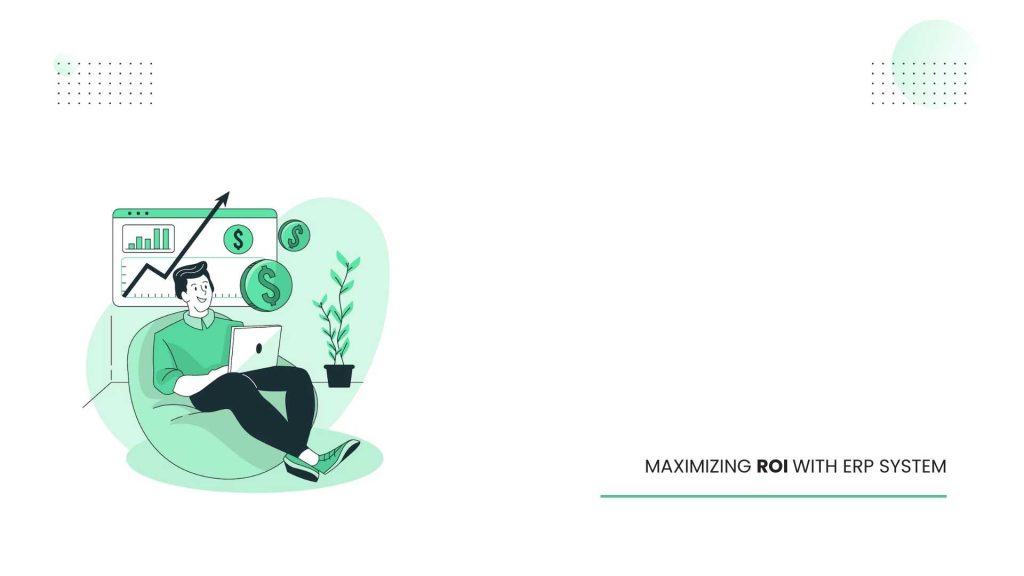ERP system takes significant organizational resources; therefore, getting a return on your ERP investment is crucial. However, assessing and improving the ROI from ERP implementation is a process that requires a strategic approach. An ERP solution helps your organization to integrate all your core business processes—such as accounting, finance, inventory management, and human resources—onto a single platform.
Areas to Consider When Evaluating ROI After ERP Implementation
Following the go-live of your ERP system, it is crucial to monitor and measure the ROI to ensure that the benefits exceed the system’s operational costs. The subsequent five major areas can be your focus when measuring and anticipating ROI post-ERP implementation.
Impact of Audits and Compliance
ERP systems are essential for manufacturing and distribution organizations for audits and compliance. A smooth ERP implementation provides an audit trail for tracking and reporting critical data, ensuring compliance and minimizing penalties and audit costs. Consider audits and compliance when assessing ERP ROI.
Productivity
Enhancing productivity is a key motivation for organizations to invest in ERP systems. The system aids in boosting efficiency and productivity by streamlining processes, automating repetitive tasks, and removing data silos. It is imperative to evaluate productivity improvements pre- and post-implementation, particularly in order fulfillment and employee productivity, when assessing the ROI of an ERP system.
Operational Costs
Areas for cost savings post-ERP implementation include IT, labor, and inventory expenses. Evaluate IT costs, such as personnel and training, against previous systems to measure ROI. Labor costs can decrease by automating tasks and optimizing production. Inventory savings come from efficient management and tracking to reduce waste and overstock.
Visibility
ERP systems offer improved visibility through enhanced data access, leading to better financial control, decision-making based on factual data, cost savings from reduced inventory costs, and improved cash flow management. Visibility can be measured in ROI calculations by delivering information faster to the right people.
Effective strategies to maximize ROI with ERP:
Define Clear Objectives and Metrics:
To maximize ROI, set clear objectives and metrics for your ERP system, tying goals like customer satisfaction and cost reduction to measurable metrics such as inventory turnover and order processing time. This alignment ensures the system delivers the desired results.
Conduct a Thorough Assessment:
A comprehensive needs assessment is important before implementing or upgrading your ERP system. It entails identifying your current processes’ pain points, bottlenecks, and inefficiencies. This assessment allows you to select the appropriate ERP modules and functionalities that address your business requirements.
Proper Data Management:
Data is crucial for the functioning of an ERP system. Robust data management practices must be implemented to ensure its accuracy, integrity, and security. These practices include cleansing and standardizing data before migration, establishing governance policies, and conducting regular audits to maintain data quality. Organizations can benefit from accurate reporting, informed decision-making, and ultimately enhanced ROI by ensuring reliable data.
Focus on User Adoption:
User adoption is a critical factor influencing ERP ROI. Ensuring your employees are well-trained and equipped to utilize the ERP system effectively is important. The more effectively the team uses the ERP system, the greater the potential for ROI.
Continuous Optimize:
Achieving maximum ROI with your ERP system is a continual journey. Foster a culture of continuous improvement and optimization within your organization. It is important to regularly evaluate the system’s performance, pinpoint areas for improvement, and utilize new features and updates offered by the ERP vendor.
Leverage Data Analytics:
ERP provides robust data analytics tools for businesses to achieve insights and optimize operations. Utilizing these capabilities can lead to cost-saving opportunities, inventory optimization, understanding customer preferences, and driving strategic initiatives for increased profitability and growth.
Conclusion:
Acumatica ERP offers a complete solution designed to streamline operations, optimize resources, and drive profitability for businesses of all sizes. This enhanced visibility and control lead to improved productivity, reduced costs, and increased revenue generation, ultimately translating into a higher ROI.
With its scalable and adaptable platform, Acumatica enables businesses to achieve sustainable growth and maximize returns on their investments in technology and operations.

Vijay comes with a vast experience in ERP and enterprise solutions space with about 20 years of experience in various packaged application like Acumatica, SAP, Orion, Salesforce.com, SugarCRM and, SalesLogix.



